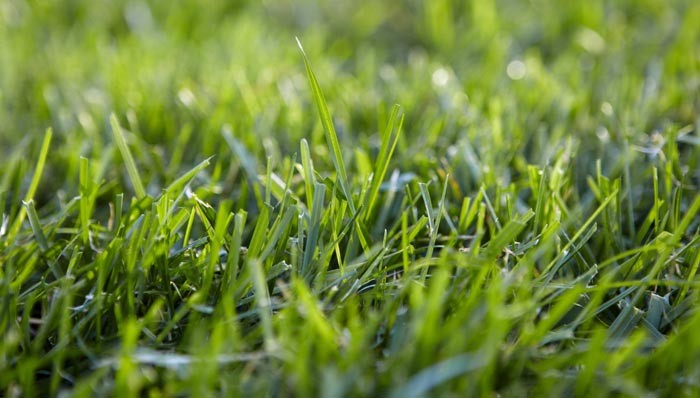Unless you’re Frodo Baggins, you probably don’t want a yard full of moss. But before your go pouring chemicals all over your lawn, know that you can safely rid your yard of moss without having to use products that will kill every living thing in the area, as well as pose a health risk for your kids and pets.
Here are four simple steps to stopping moss proliferation in your lawn that you can do yourself, without using toxic chemicals.
1. Spread Lime
Moss thrives in an acidic lawn. Spreading dolomite lime or prilled lime on your yard reduces the level of acidity, making the environment unfriendly to moss overgrowth. Fifty-pound bags of lime and spreaders are available at your local farm and garden. If you don’t want to do this potentially back-numbing exercise yourself, it’s easy to find a local landscaper who can help you. They’ll have bigger and more efficient spreaders, backs that are used to carrying heavy bags, and boots that don’t mind wet lawns.
2. Thatch
Thatching your lawn can be done with a tool called a thatching rake, which looks like a very sharp, double-sided rake. It’s used just like a rake over the mossy parts of your lawn to gently work the moss out. Work the sharp end of the rake back and forth across any patches of mossy grass in a mopping motion to work the moss free from the surrounding grass. Pro Tip: Be gentle. You want the grass surrounding the mossy patches to take over the empty space that the moss comes out of. Your grass can’t take advantage of the “extra room” if its roots are terribly damaged.
3. Lay Sand
Sand acts as a soil stabilizer–in lawn maintenance industry talk, a substance that evens out the consistency of soil and makes it more like however you need it to be. Sand is a perfect soil stabilizer for problematic moss growth, because it works down into these bare spots, drains wet and muddy soil, and creates an environment that moss doesn’t like. Think of adding sand as putting down that divot mix that golf courses give you at the beginning of a round. Lightly scatter the sand across all the bare spots where you’ve removed the moss, then very gently rake the sand in with a leaf rake.
4. Spread New Seed
This is the most satisfying of all the steps, and the most simple. Just pick up a bag of grass seed (check out this handy online seed calculator, which figures out how much seed you should buy based on your lawn size, region, and grass type) load it into your spreader, and broadcast the seed over your limed, thatched, and sanded area. Those dark sandy spots will turn into light, wheat colored patches, and you’ll have bright new grass to look forward to after the next rain. Pro tip: Be mindful of wind direction and speed; grass seed is very light, and the slightest breeze will carry it into planting beds where it will go from being future lawn to future weeds. You can prevent grass seed from spreading with a lawn roller or grass seed blanket.
When it comes to your summer landscape, there’s always a way to solve problems without using harsh or toxic chemicals. Follow these steps, and you can enjoy a moss-free lawn while still keeping your pets and kids safe.
Top Image Credit: Lowe’s
Do you think you’ll DIY thatching and re-seeding your lawn this year, or save the work for a pro?




